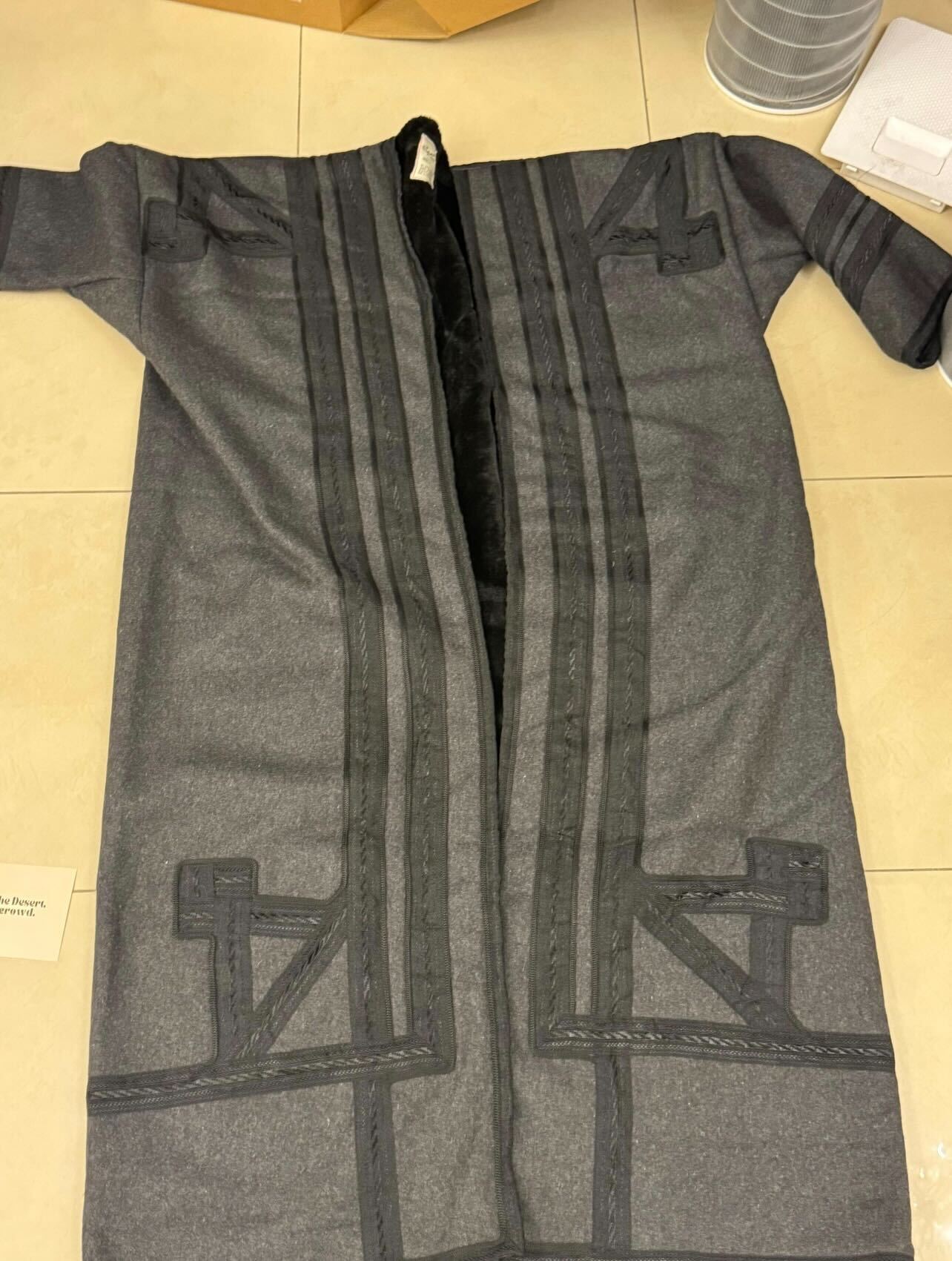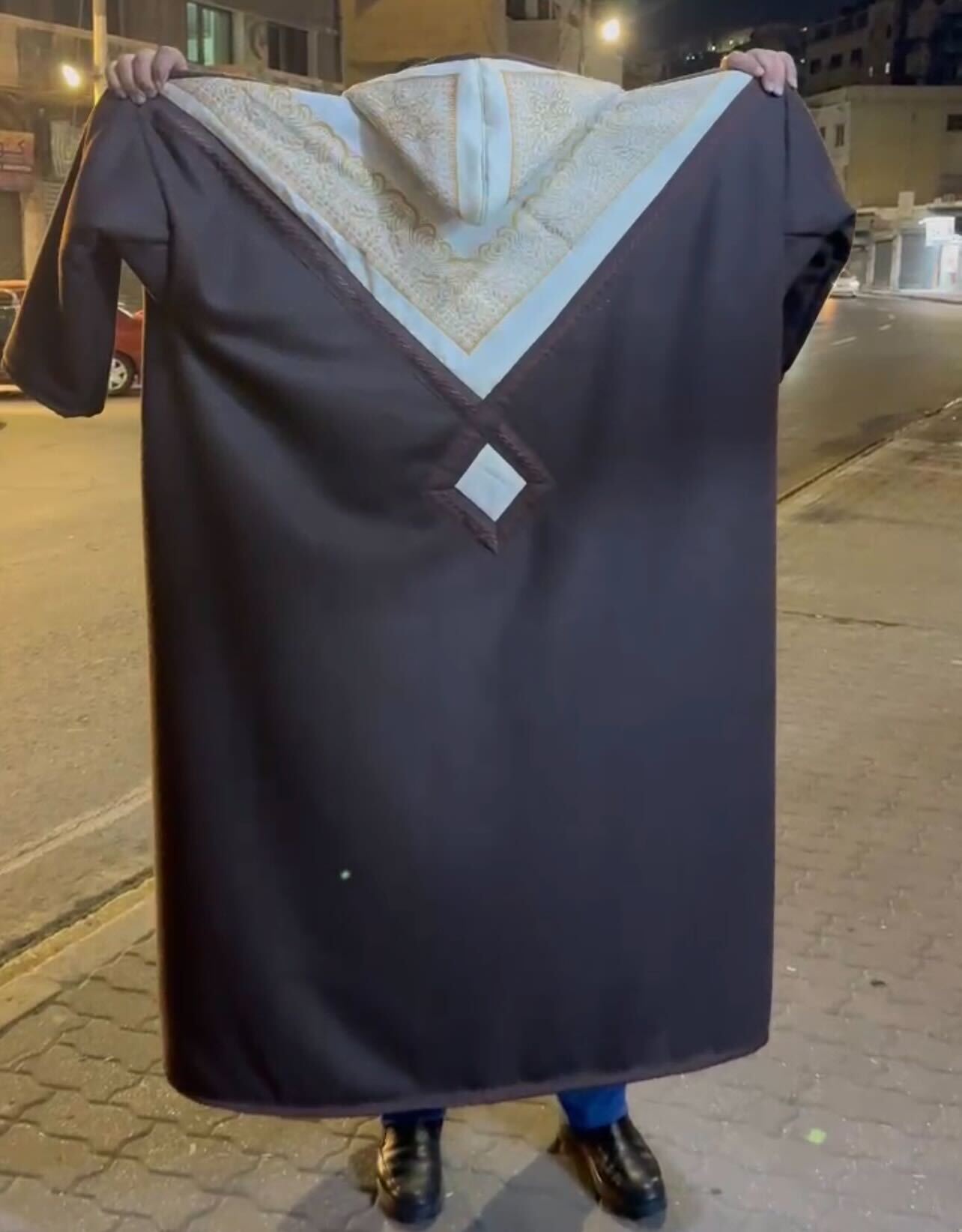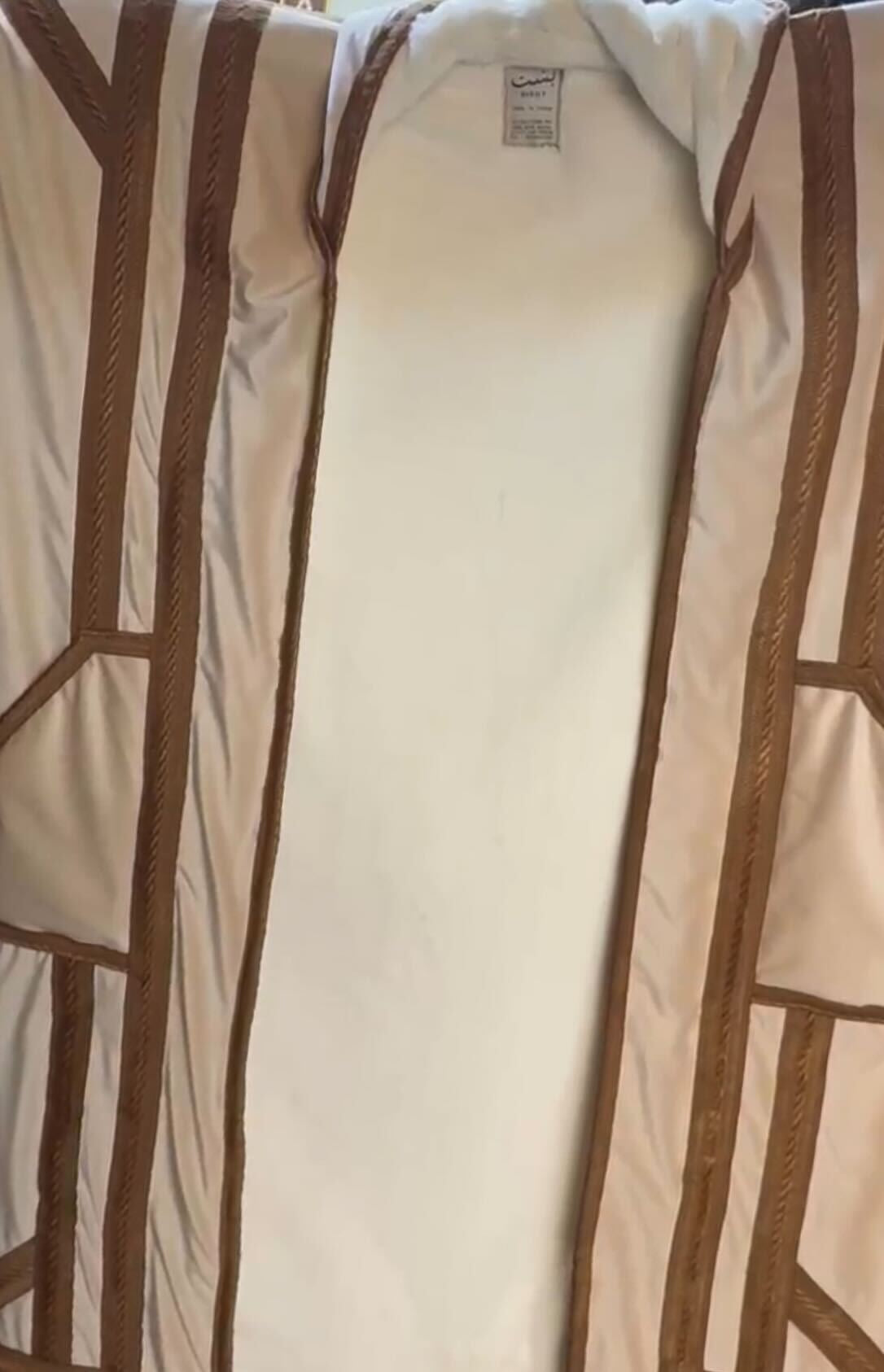Bir al-Sabe’ (بئر السبع) or Beersheba, is a city situated in the centre of the al-Naqab desert - in the South of Palestine between Hebron and Gaza. The term Bir al-Sabe’ is used to describe both the province of Bir al-Sabe’ (which makes up most of the al-Naqab desert) and the city of Bir al-Sabe’, where bedouin merchants settled and gathered to trade in what was called Souq al-barrein (سوق البرين) or market of the two deserts. This term refers to the Sinai desert and the desert of the Arabian peninsula, as the al-Naqab desert is situated precisely at their intersection. Another term frequently used by Palestinians to describe the Bir al-Sabe’ is the bride of the south - a testimony to the beautiful and simple nature of the bedouin lives that inhabited it.
As for the province of Bir al-Sabe’, it was referred to long before any colonial powers drew lines. The provinces lines were always changing as they generally referred to the lands inhabited and owned by the Tribes of Bir al-Sabe’. The five major tribes (قبائل) are al-Tiyaha (التياها), al-Tarabin (الترابين), al- ‘Azazma (العزازمة), al-Jbarat (الجبارات) and al-Hanajra (الحناجرة). From each tribe, there are numerous clans (عشائر) and subclans which today encompass millions of people around Palestine, Jordan, Egypt and the rest of the world.
Bedouin culture in Bir al-Sabe’ was dominated by simplicity and practicality arising from the harsh conditions imposed on them by the desert. Generation after generation, the bedouins developed generational expertise in survival in the desert. From fashion, music and materials to judicial systems and traditions, the bedouin way of life combined innovation with a culture that valued honour highly - the protection of which they viewed as the key foundation of survival.




